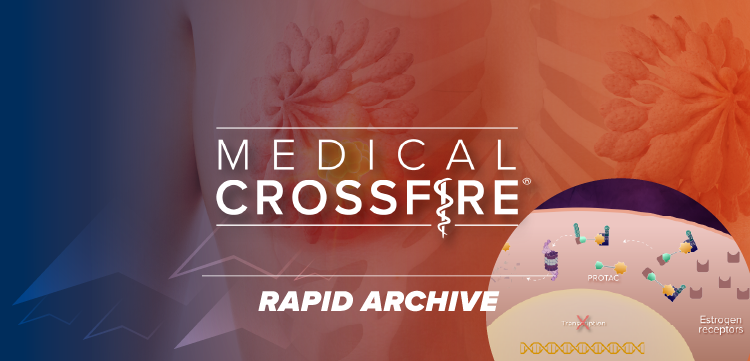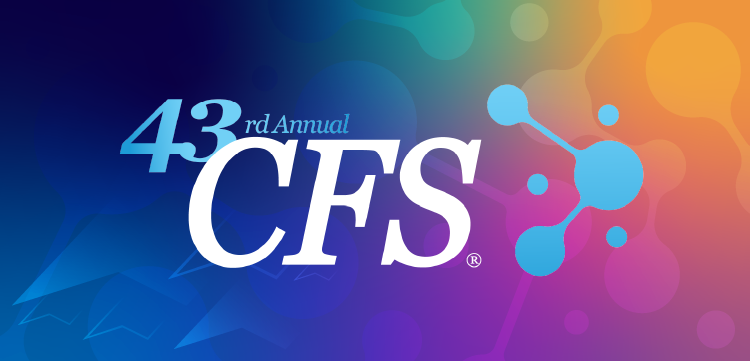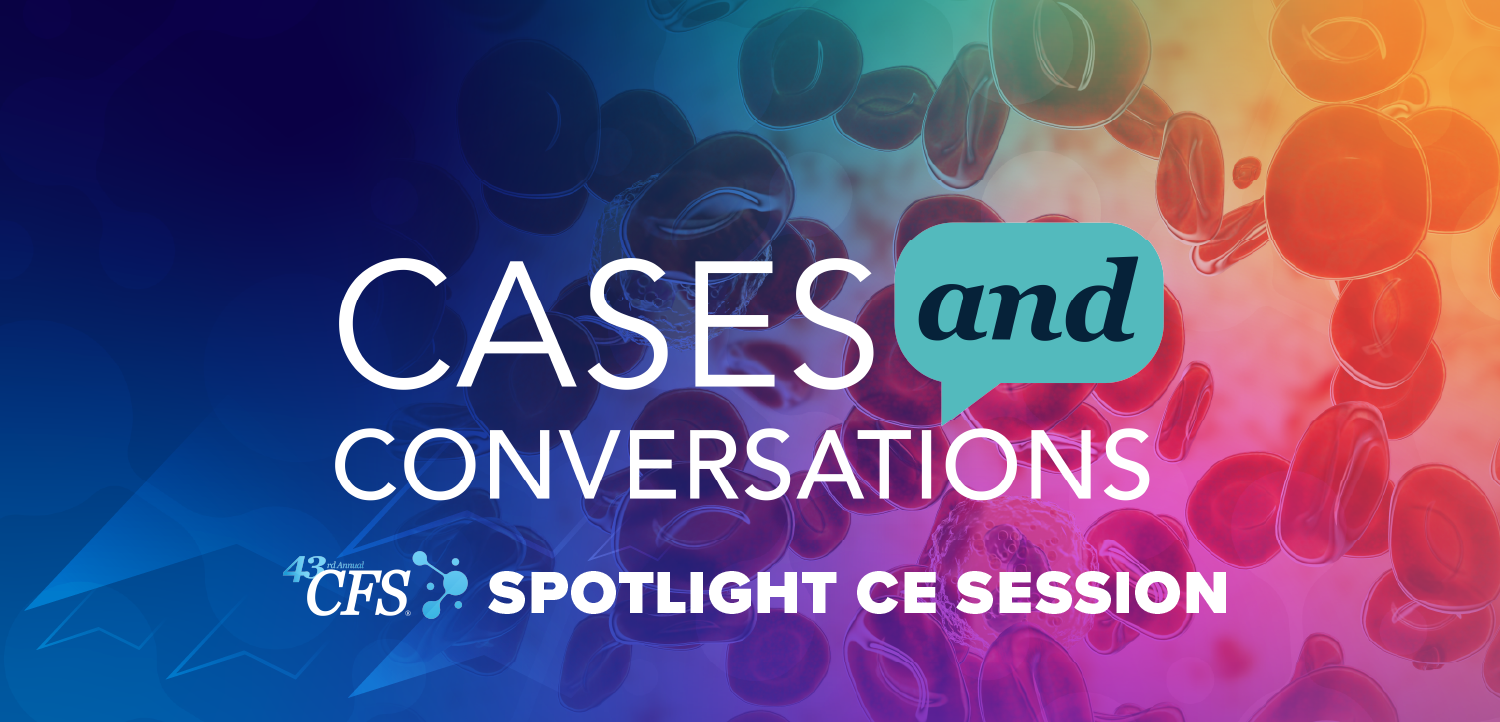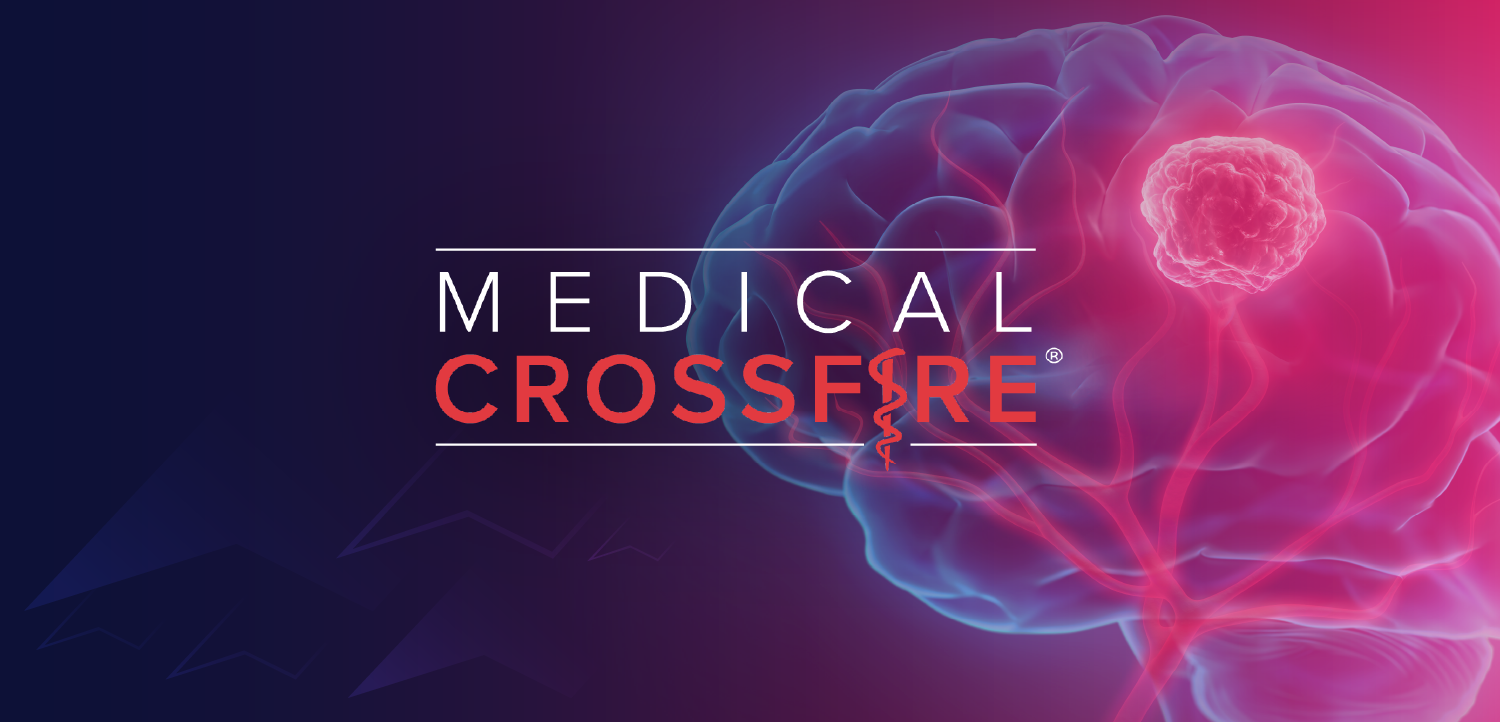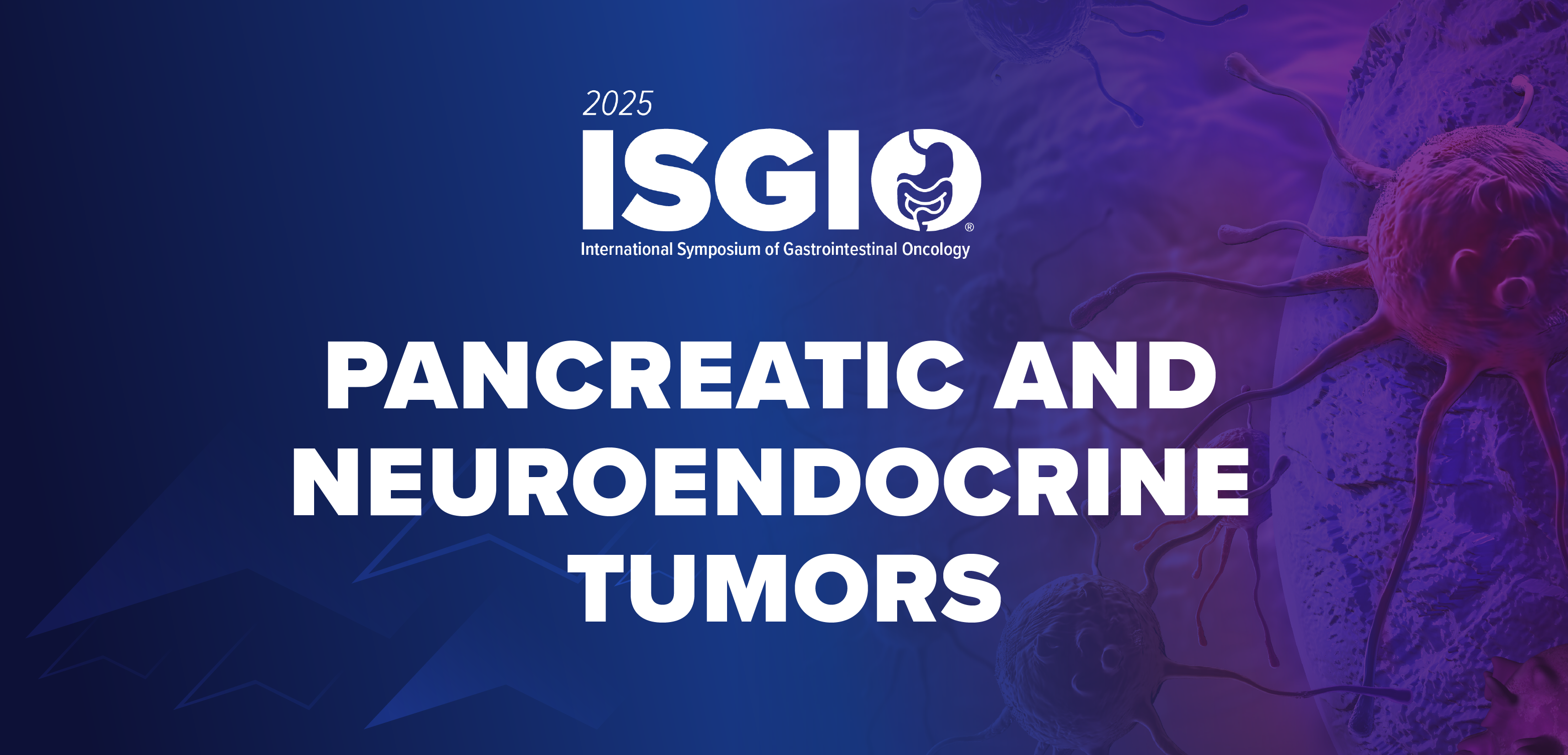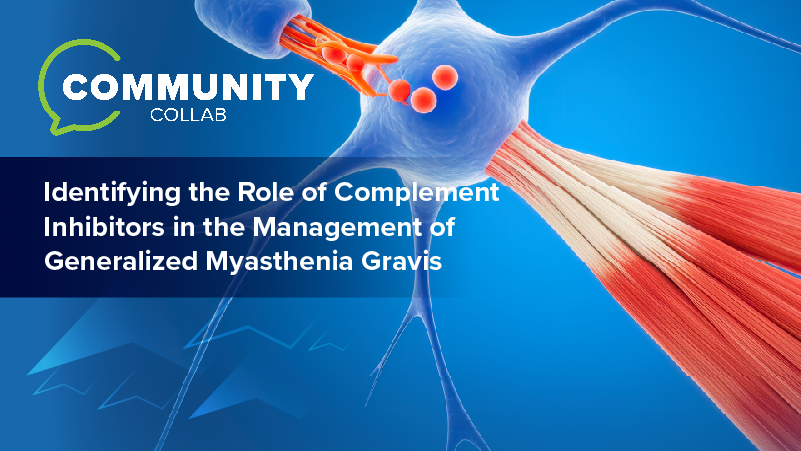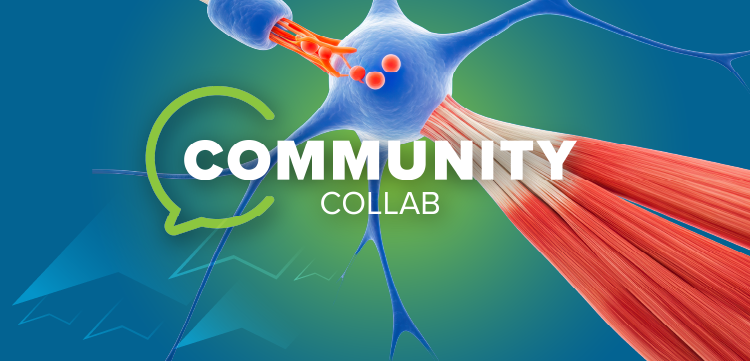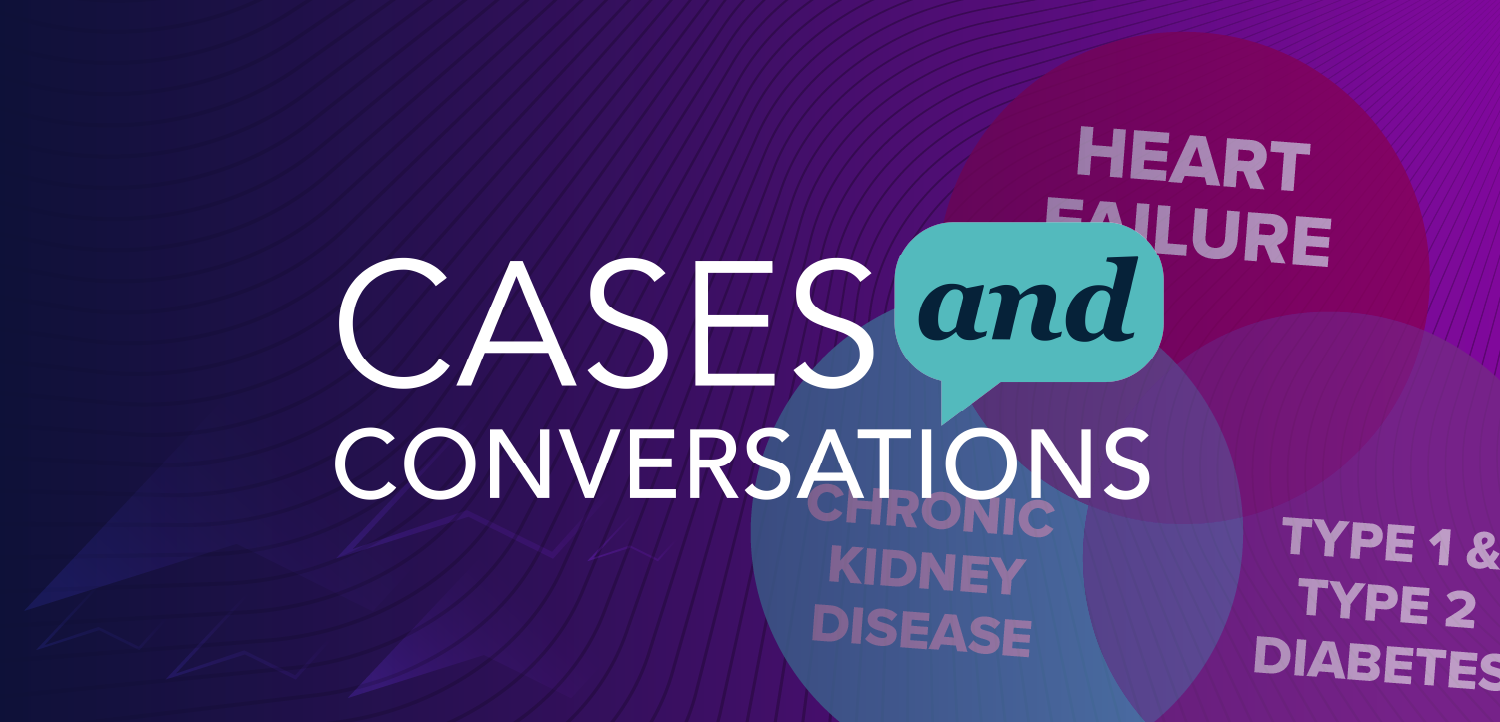
In Testing for Cognitive Decline, It May Not Be What the Patient Says, But How It's Said That Matters
Acoustic variables, like shimmer and jitter, that are typically undetectable in human speech can be detected with tablet technology and serve as biomarkers for mental acuity.
"There are many different types of acoustic variables that aren't noticeable in normal conversation but the iPad can pick up things like jitter and shimmer and latency to respond. These variables seem to be almost like a stress test."
As researchers continue to refine digital tools for cognitive assessment, the ability to parse subtle behavioral markers that may signal early neurodegenerative disease is expanding. The breadth and depth of previously inaccessible data allows identification of potential issues well before conventional test scores reveal a problem.
In a recent interview with Patient Care, neurocognitive scientists Rodney Swenson, PhD, and David Libon, PhD, discussed how process metrics, such as response time, task-related speech changes, and acoustic features, can be captured passively during digital testing. These digital biomarkers, particularly when collected via tablet-based platforms, offer a window into the functional stress that underlies early cognitive impairment. In the video above, Swenson discusses how these latency-based measures and acoustic variables are being used to uncover patterns of decline that traditional neuropsychological summary scores may miss.
The following transcript has been lightly edited for style and flow.
Patient Care: In your recent paper, you look beyond the typical binary interpretation of neuropsychological test results and suggest that a mismatch between accurate summary scores and the time it takes to generate those responses could represent a portfolio of neurocognitive biomarkers for emerging illness. Could you elaborate on that idea?
Rodney A Swenson, PhD: Sure, I'll give you an example because these are areas we're actively researching right now. One of the advantages of using a digital platform like an iPad is that it allows us to capture voice data, and the acoustic variables we're analyzing are beginning to tell us something meaningful about early cognitive decline.
There are many different types of acoustic features variable, in fact I may be exhibiting some of them right now. The average listener wouldn't pick up things like like jitter, shimmer, and latency to respond but these can be detected by the iPad technology. These variables behave almost like a stress test. So, if you have a patient with a memory disorder, say an amnestic patient, and you give them a memory task, some of those variables will start to light up, they'll start to indicate there's a problem in those areas of prosody. It’s as though when the patient is forced to work hard at something they struggle with, those challenges are reflected in their voice. This is potentially another behavioral signal we could use to predict a certain performance pattern indicative of [cognitive] decline.
We build what we call process metrics into many of the tests we use, capturing pieces of behavior that are meaningful. We've known this from traditional research, but now we're better able to quantify them using digital tools, like the iPad. We're analyzing how these metrics relate to the type and severity of impairment, and even how they impact functional outcomes, such as instrumental activities of daily living.
Another thing we're looking at is how a patient performs across a series of maybe 3 or 4 tests that measure the same cognitive domain but are administered at different times. By comparing process metrics across those different tests and times, we may find relationships that help us track patients both positively and negatively. For example, if we identify a problem early on and we begin to address some of the possible contributing factors, like their serum glucose or elevated blood pressure or cardiovascular risks, through medical interventions, these markers we're talking about would be a way to capture whether or not they are working. There are clinical trials being conducted to develop medications to treat neurodegenerative disease. As new treatments are tested, these metrics might provide additional insight into treatment outcomes. There are all kinds of applications here, from clinical care to research.
Rodney A Swenson, PhD is Clinical Professor of Psychiatry and Behavioral Sciences, at the University of North Dakota School of Medicine and Health Sciences in Grand Forks, ND.
David J Libon, PhD, is a Professor at the New Jersey Institute for Successful Aging, at at Rowan University, in Glassboro, NJ.
For more from our conversation with Drs Libon and Swenson, see:
Newsletter
Enhance your clinical practice with the Patient Care newsletter, offering the latest evidence-based guidelines, diagnostic insights, and treatment strategies for primary care physicians.















